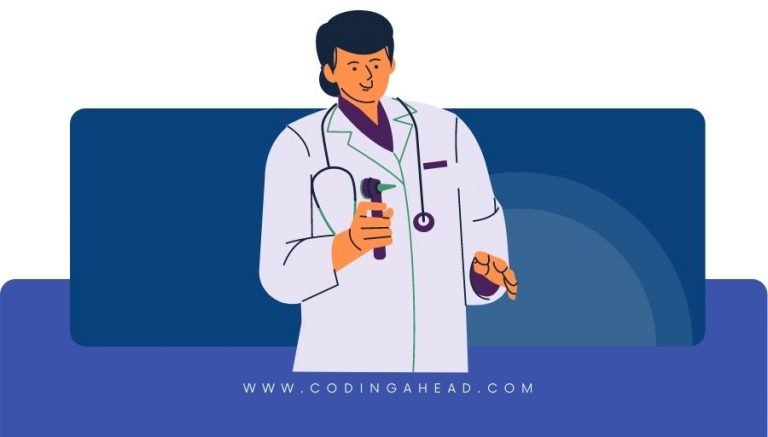(2023) Hardware Removal CPT Codes – Descriptions, Guidelines, Reimbursement, Modifiers & Examples
The CPT codes for hardware removal include CPT 20680 (Hardware removal), CPT 27704 (Ankle hardware removal), CPT 22852 (Removal of posterior segmental instrumentation), CPT 22855 (Removal of anterior instrumentation) and CPT 22849 (Removal of spinal hardware).
The removal of hardware CPT codes can be reported for numerous surgical implants fixed inside the human body due to bone fracture, muscle infections, tissue injuries, or other reasons.
This hardware needs to be removed from the human body after a specific period, when the need for the same is no more there or when the implants start disturbing the subject.
Here, the respective coder, biller, physician, or surgeon has to use hardware removal CPT codes to receive the expected reimbursement amount at the end of the day.
Hardware Removal CPT Codes Description
The primary purpose of the hardware implants inside the body is to help the fixing of varying tissues, bones, or ligaments.
These implants remain inside the body until they are surgically removed, and to reach this end, a minor type of surgery is required, and the physicians have to employ their abilities of head and heart to achieve this end.
The hardware inside the body may include pins, plates, screws, rods, and so on at one or more sites, and they have to be removed from the body when they start disturbing bones, tissues, or other functions of the body.
Therefore, physicians and medical coders or billers have to be careful in selecting the correct and precise Current Procedural Terminology (CPT) codes to receive the proper reimbursement.
CPT 20680 is used for deep pin removal procedures, and the job of the physician is to employ incision at the implant site to dissect deeply to remove the pin.
This is done during surgeries, and the physician requires surgical instruments to reach the implant that may be anywhere in the body; that is, it may either be inside the bone or deep below the muscles.
This hardware removal may include hardware removal (CPT 20680), hardware removal of implant (CPT 20680), hardware removal of debridement, bone including epidermis, dermis, subcutaneous tissue, muscle, and/or fascia (CPT 11044 or CPT 11047).
Following are the hardware removal CPT codes from the human body. It includes:
- Hardware removal (CPT 20680)
- Ankle hardware removal (CPT 27704)
- Removal of posterior segmental instrumentation (CPT 22852)
- Removal of anterior instrumentation (CPT 22855)
- Removal of spinal hardware (CPT 22849)
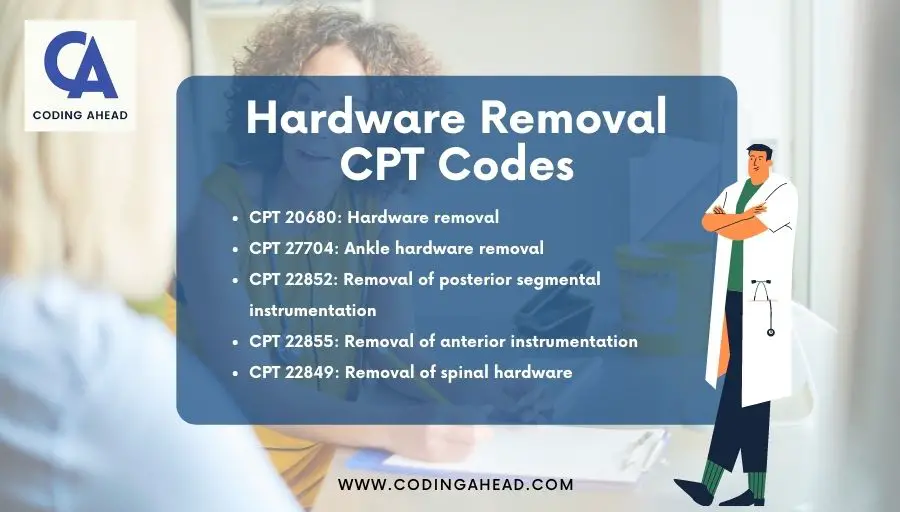
The removal of Bunion, the removal of Foot Hardware, the Surgical process of bones, and the use of Antibiotic Cement for the packing purposes are some of the instances that the surgeon or physician has to visualize before performing the process either in his office or in the operating room.
Hardware Removal CPT 20680
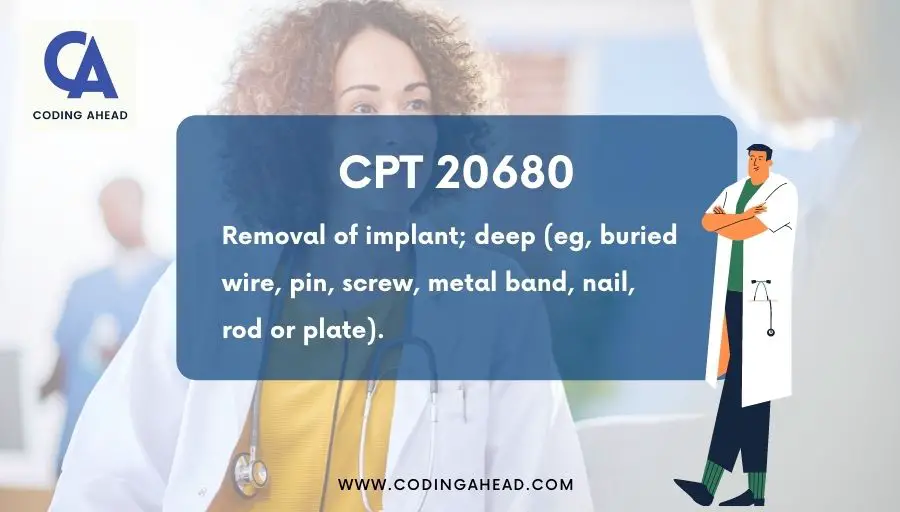
20680 is a hardware removal CPT code that is specifically for Deep Pin Removal procedures as the physician makes incisions at the particular site where the implant has previously been fixed.
The physician then dissects the relevant skin or muscle to reach the specific area and removes the implant from the bone or muscle using specific surgical instruments.
The physician may also repair multiple layers of fibrous joint by using sutures and staples to bring the hardware out of the body muscles or bones.
Similarly, suppose there are Superficial pins or K-wires. In that case, they also need to be removed with precision, and the physician has to employ proper coding for this purpose as these removals do not require the layered closure, just like in K-wire removal.
In such cases, one must use CPT code 20670, which includes only the superficial pins or K-wires.
20680 CPT Code Billing Guidelines
As per the directions of the AAOS (American Academy of Orthopedic Surgeons), CPT code 20680 can be billed only once for each fracture and not for various hardware pieces that the physician removes by making use of incision or any other technique from the site of injury.
Physicians and coders or billers must keep in mind that the CPT code 20680 can not be billed again and again for the same site.
Anyhow, if the site is different where the hardware removal is required, it is allowed, and they may go ahead with billing this code again as the current fracture site is different from the previous one.
But this should be accompanied with the help of a specific modifier. The same is the case with the hardware Removal from Ankles (CPT 27704).
Ankle Hardware Removal CPT 27704
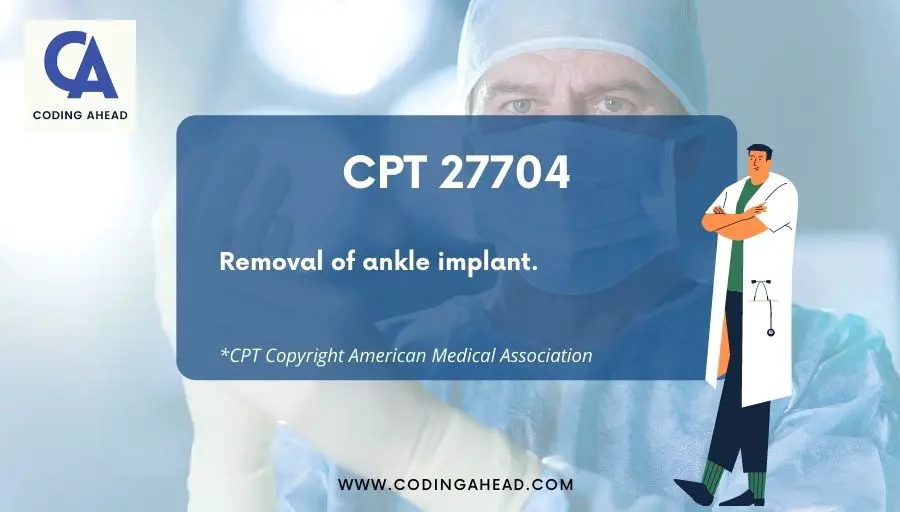
The CPT 20680 is employed to remove Deep Pin from the body through a surgical process.
CPT Code For Removal Of Anterior Cervical Hardware (CPT 22855)
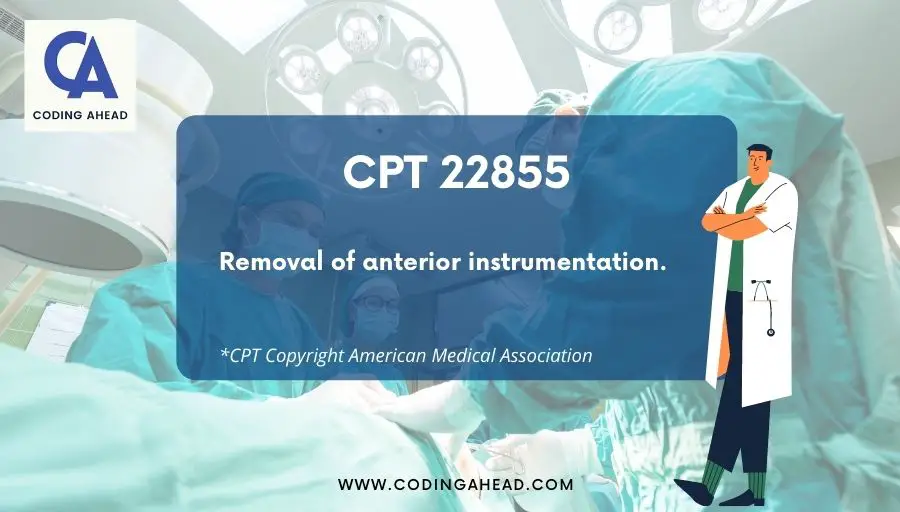
Hardware removal from Ankles has a different code, and the same is the case with hardware removal of anterior cervical, represented by the CPT 22855.
Removal Of Posterior Segmental Instrumentation – CPT 22850 & CPT 22852
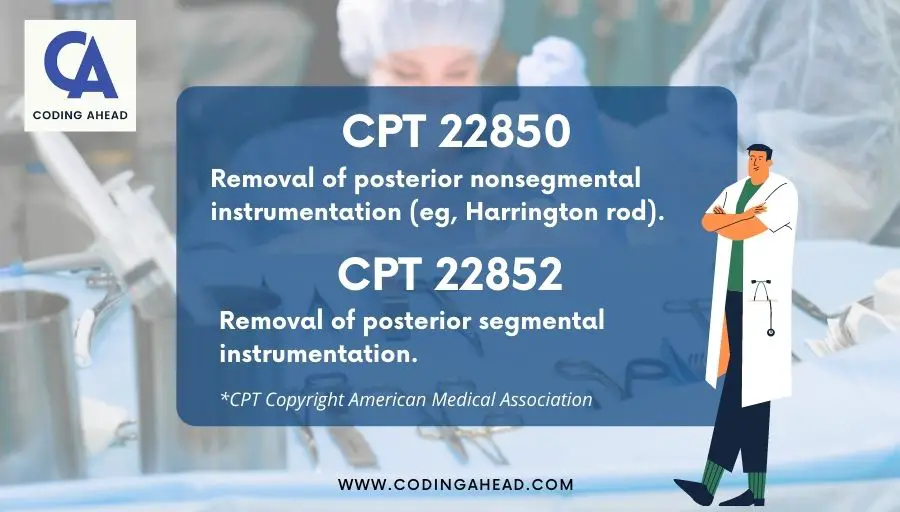
For removing posterior non-segmental instruments like Harrington Rod, the procedural codes CPT 22850 and CPT 22852 may be employed.
Removal Of Spinal Hardware CPT Code 22849
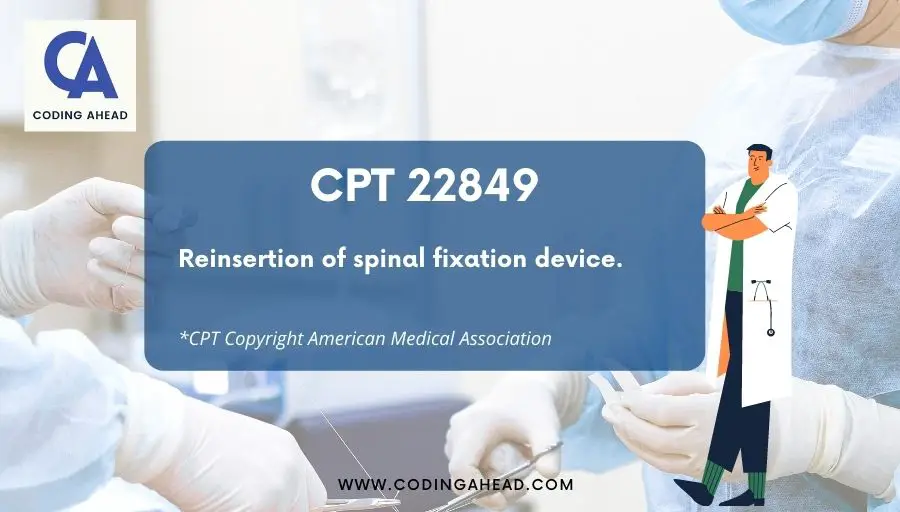
Similarly, the procedural code for removing hardware from the spine is CPT 22849. Surgeons or physicians may visualise the incision again and reopen it to remove the scar tissue from the site.
And when the spine fuses appropriately and is in place, the surgeon may remove this hardware, but if the spine has not yet fused, the hardware may again be used until the subject is adequately treated.
Difference Between CPT 20670 and CPT 20680
As per the description, there is little difference between these two codes. However, coders or billers must keep in mind the difference between CPT 20670 and CPT 20680 if they want to get the expected reimbursement amount from their accomplished tasks.
Both CPT 20670 and CPT 20680 are related to removing the hardware from injury or fracture.
CPT 20670 shows the removal of the hardware is done in the physician’s office as the hardware was not deep inside the muscles of bones.
At the same time, the CPT 20680 is used when the surgeon performs the incision inside the muscle in the operating room (or operation theater), and more time and effort is involved in this procedure.
Modifiers For Hardware Removal CPT Codes
The anatomical modifiers should be appended to the hardware removal CPT codes if it describes any anatomical position where the physician has removed an implant or any other type of hardware.
For example, modifier RT or modifier LT narrate the anatomical position. But it is duly noted that the cover companies (insurance companies) may reject the claim if it is not processed with an accurate diagnosis.
For example, if the coder or biller has used modifier RT an ICD 10 CM code should indicate the correct anatomical position.
If the physician has made several incisions to remove an implant, the modifier 59 may be appended for reimbursement.
Modifier 59 is denoted as the Distinct Procedural Services. This narrates the increased effort of the physician.
To make this modifier 59 work and pass the auditor, the coder or biller has to describe correctly the reason for using the modifier code so that there is a smooth transaction and no penalties around.
Sometimes, it is relatively impossible to remove any hardware because of the case’s complexity.
For example, if the physician made an incision to remove an implant due to the condition of tissues or bones, or any other physiological state of the patient, the physician closed the wound without removing an implant, then the modifier 52 should be appended.
Modifier 52 is used for reduced services, and it describes that the physician performed the services by making an incision and trying to reach the target site. Still, due to the patient’s condition, the services were reduced.
Reimbursement For Hardware Removal CPT Codes
The coder or biller must keep in mind the correct application of the hardware removal CPT code for getting reimbursement according to the expectations by using the code at the right place.
They also must also must be well-informed about the other codes used for the injury, or the hardware removal procedure is either lengthy, deep, or too complex.
Use CPT 20680 for the Deep Pin Removal procedure as the physician has to dissect deeply either into the muscle or a bone, and the procedure is performed in the operating room.
And, if the incision is performed in multiple layers through sutures or staples buried deep, the same code CPT 20680 is used for billing.
But, if the incision is shallow and superficial for removing a pin or K-wire, the CPT 20670 is employed to get reimbursement.
If the case is of removing an implant from hand or finger, the procedural code required for the reimbursement is CPT 26320.
In addition, the coder or biller must append an anatomical modifier (i.e. modifier RT or modifier LT) with CPT 26320 because otherwise, the claim may get denied by the insurance companies.
Similarly, if the implant is removed from Elbow or Radial Head, the procedural codes used for billing are CPT 24160 – 24164. Again, these hardware removal CPT codes must be used with anatomical modifiers.
Example 1
A female patient enters the operation theater and requires a hardware removal from the deep layer of muscle or bone. The surgeon makes an effort to remove deep hardware, and even after multiple incisions and attempts, they cannot receive the object.
Now, if the surgeon has attempted to remove the hardware from the body though they remain unsuccessful, will they be able to bill the CPT code 20680?
Answer
Of course, the surgeon has done his part of the job and has to be paid for that though his attempts to remove the hardware failed due to the layered depth issue where hardware is buried deep into the muscle or bone.
The deeply buried hardware may include a metal band, nail, plate, rod, pin, buried wire, etc. In this scenario, the best strategy will be to use the relative modifier 52.
The modifier 52 is a reduced service modifier for the CPT 20680, showing that the required purpose of the hardware removal could not be achieved due to the complexity of the real-time situation when the physician makes efforts during surgery.
In short, the surgeon or the physician has the right to give proof of his work done and then claim reimbursement for the CPT 20680, as per AMA (American Medical Association) guidelines.
Example 2
How to bill the removal of Post-Operative Bunion – removing hardware from foot, bone Debridement, and cementing with Antibiotic?
A patient goes through bunion surgery and gets infected. The surgeon has to take the patient to the operating room, perform debriding of bone, and use antibiotic cement to cure it.
Answer
In the case of the above instance, the reimbursement claim may include the following points.
Use CPT 20680 for the hardware removal, whereas the hardware may include anything like a screw, plate, rod, pin, buried wire, or metal band.
As far as the bone Debridement or antibiotic Cement packing is concerned, the surgeon removes the foreign body and contaminated bone along with the related epidermis or subcutaneous tissue and/or fascia.
Similar is the case with other infections or wounds where the physician surgically cures chronic ulcers and repairs bones using a scalpel. In this scenario, CPT 11044 and CPT 11047 may be used for reimbursement purposes.
If the wound is big and has to be kept open for some time though covered with gauze, CPT 11044 is used for the initial 20 square cm injured area and the CPT 11047 for each additional 20 square cm injured area.
The hardware removal CPT codes must be mandatorily used to get reimbursement without any auditing.
Therefore, the coders must use the correct codes in the right place to make sure that the surgeon or physician gets his required payment without going through any issues in this connection.



